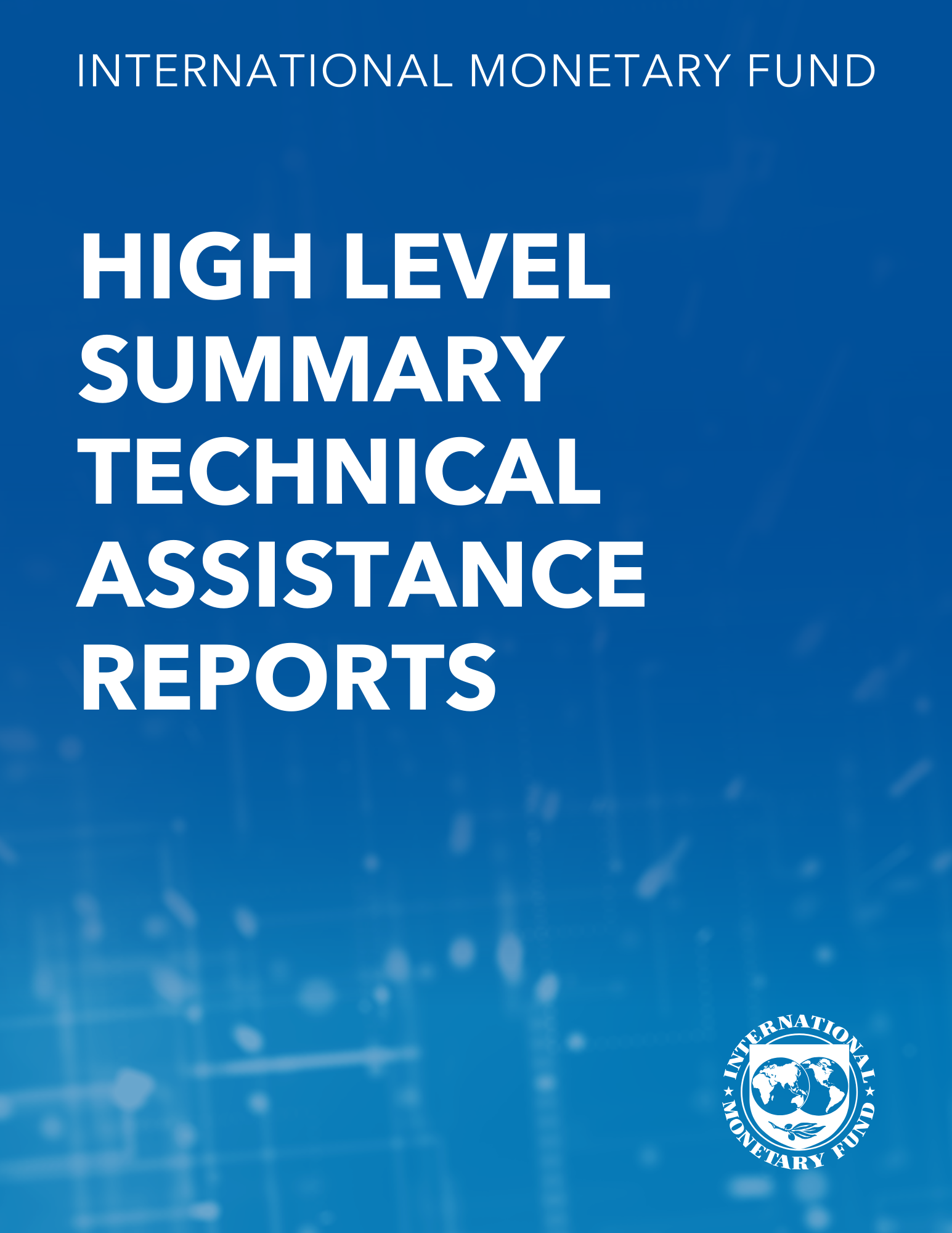Summary
This paper shows that the Expectation-Maximization (EM) algorithm for regime-switching dynamic factor models provides satisfactory performance relative to other estimation methods and delivers a good trade-off between accuracy and speed, which makes it especially useful for large dimensional data. Unlike traditional numerical maximization approaches, this methodology benefits from closed-form solutions for parameter estimation, enhancing its practicality for real-time applications and historical data exercises with focus on frequent updates. In a nowcasting application to vintage US data, I study the information content and relative performance of regime-switching model after each data releases in a fifteen year period, which was only feasible due to the time efficiency of the proposed estimation methodology. While existing literature has already acknowledged the performance improvement of nowcasting models under regime-switching, this paper shows that the superior nowcasting performance observed particularly when key economic indicators are released. In a backcasting exercise, I show that the model can closely match the recession starting and ending dates of the NBER despite having less information than actual committee meetings, where the fit between actual dates and model estimates becomes more apparent with the additional available information and recession end dates are fully covered with a lag of three to six months. Given that the EM algorithm proposed in this paper is suitable for various regime-switching configurations, this paper provides economists and policymakers with a valuable tool for conducting comprehensive analyses, ranging from point estimates to information decomposition and persistence of recessions in larger datasets.
Subject: Business cycles, Econometric analysis, Economic forecasting, Economic growth, Economic recession, Estimation techniques, Factor models
Keywords: Business cycles, data exercise, Economic recession, end date, estimation methodology, Estimation techniques, Factor models, Global, information content, information decomposition






